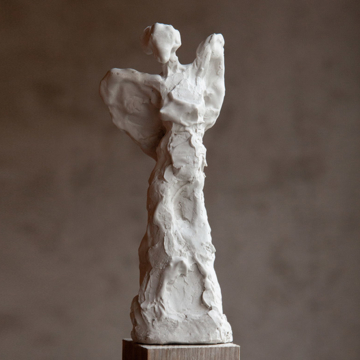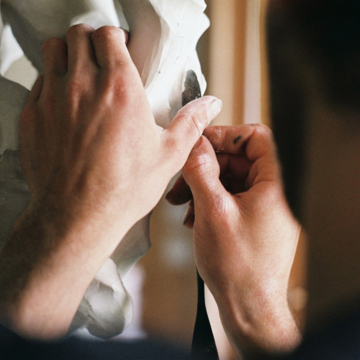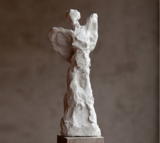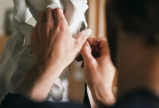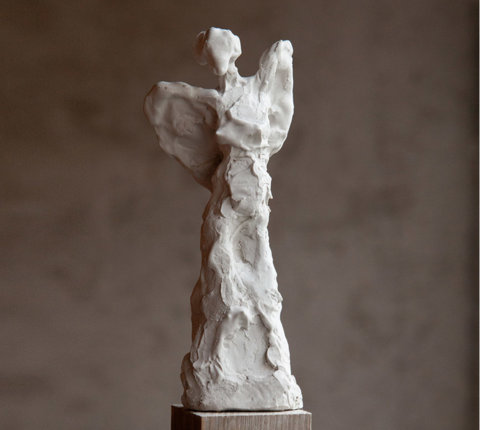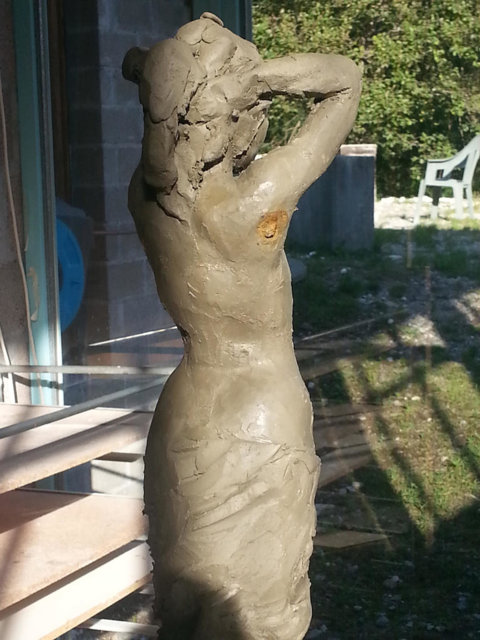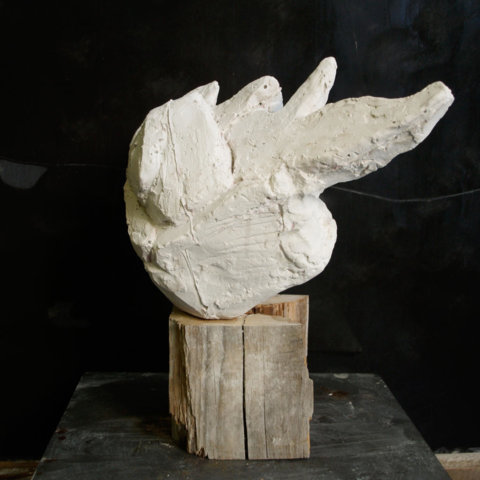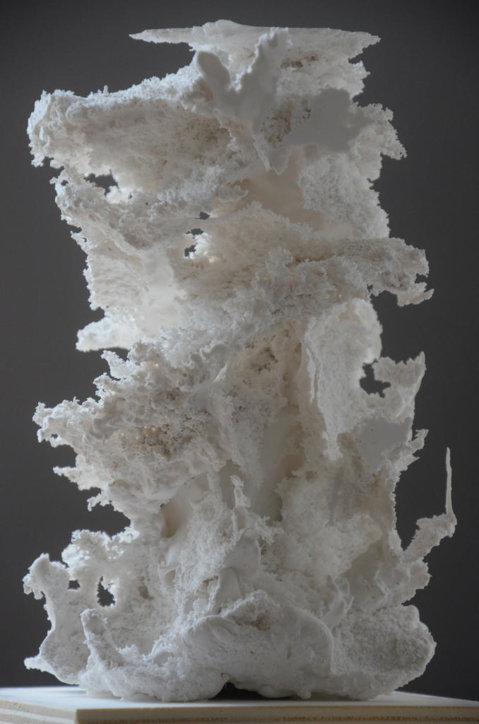Plaster - Figurative
Plaster is indispensable in sculpture. Its countless processing options make it a unique material for artistic creation. Plaster can be built up just as easily as it can be removed. You can cast it, drip it, spread it on, chisel, saw, drill, rasp, or sand it. Depending on the setting stage during modeling, various surface structures can emerge: everything from smooth, taut surfaces to rough, fragmented forms is possible. Art history is full of wonderful examples, as seen in works by Giacometti, Henry Moore, and Hans Arp.
In this course, we will create an individual, figurative plaster work. This could be a head, a full figure, a fragment, or a group of figures. Along the way, we will become familiar with the properties and setting process of plaster. As we work on the individual figure, we will also learn how to handle different tools.
Based on sketches, we will build a stable armature using metal and wire mesh. This armature supports the figure's volume, which is built up step by step in plaster. Possible supporting materials include jute or sisal. Layer by layer, we will work our way toward the form; missing parts are added on, and excess material is removed. By the end of the course week, you will have created a personal figure that can be placed on a work base or an appropriate pedestal.
No prior knowledge is required.
The course language is German, but the tutor also speaks English.
Courses
24.–29.
Aug 2025

